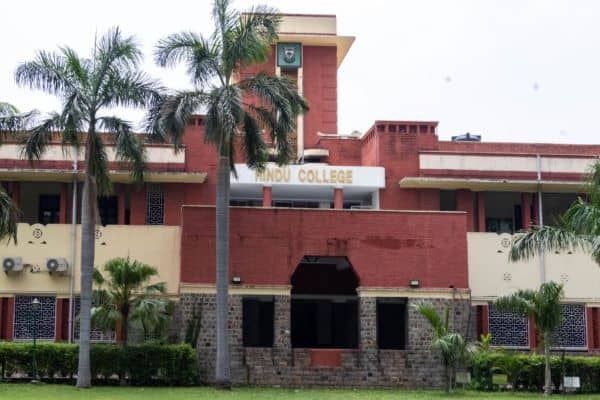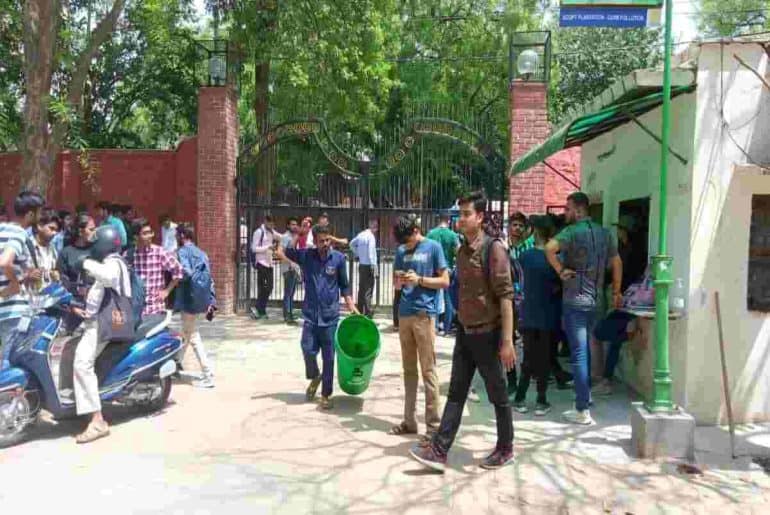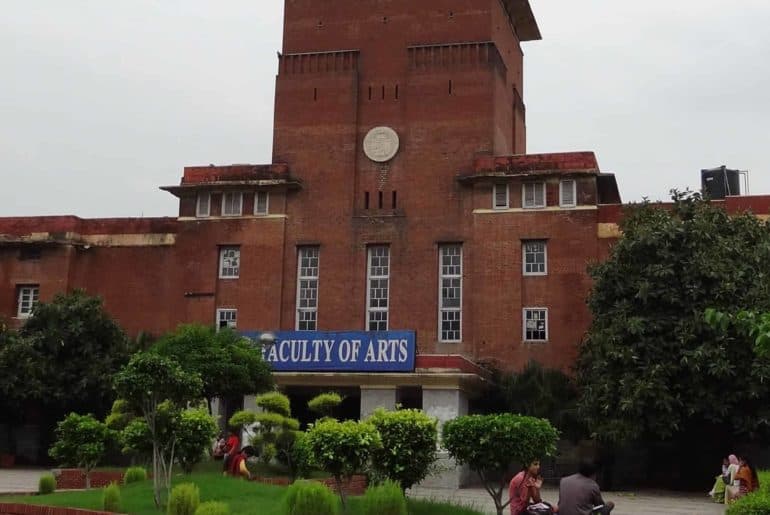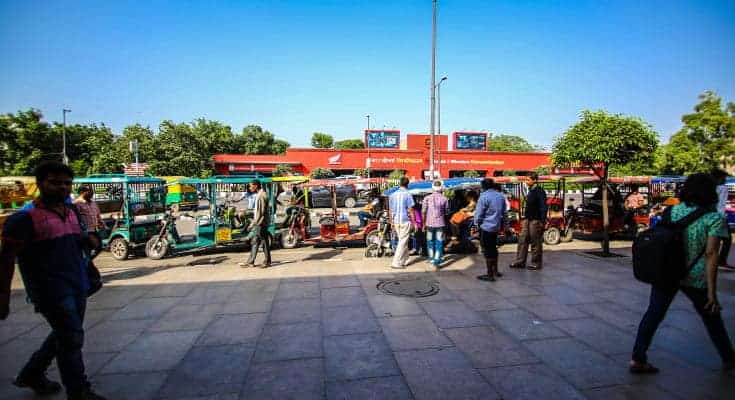After issuing suspension notices and imposing fines on students for protesting, Hindu College is reconsidering its move. The students have submitted written apologies to the administration, and the principal is reportedly willing to let students explain themselves and address their concerns.
The Hindu College administration had issued notices suspending around 40 students and demanding a fine of Rs. 10,000, citing “gross misconduct” by students protesting against the administrative decision to reduce Mecca to a one-day event. The notice firmly stated that the students would not be allowed to take their semester exams if they failed to pay the fine. It further stated that they would not be allowed to hold any post of responsibility in the future and that “any repetition of such or other misconduct in the future will be treated with the utmost strictness, to the extent of rustication”. Additionally, 15 students have received a notice for financial fraud and cheating. The notice also alleged that the protesters caused damage to college property and behaved disrespectfully towards the principal, blocking her way and not letting her attend an official meeting.
However, after some deliberation and discussions, the principal, Ms. Anju Srivastava, is reconsidering the suspension. On the evening of May 9, a day after the suspension was issued, the principal reportedly held a meeting with the students. The students put forward their demands and concerns regarding the notice and requested that it be withdrawn.
They (the students) have given us verbal apologies and written apologies. We will give students another chance to put forward their sides. We are open to discussion with them. I have asked the disciplinary committee to look into each application separately on an urgent basis. The work has started. We will soon inform the students.
– Ms. Anju Srivastava, Principal of Hindu College, in conversation with PTI
The principal stated that the students will be given a chance to explain themselves and that their apologies will be accepted. It has been stressed that every student’s application will be reanalyzed in depth. The suspension notices drew widespread criticism from students involved in the protests. The students initially stated that they would resort to protesting against the suspension and the imposition of fines if they were not withdrawn.
The RSS-affiliated student body, Akhil Bharatiya Vidyarthi Parishad (ABVP), came out in support of the students and requested the administration withdraw the notice at the earliest. Despite all efforts to encourage dialogue between both sides, whether every student will be spared suspension is uncertain.
Read also: Hindu College Suspends and Issues Fines for Protesting Students
Featured Image Credits: Keshavi for DU Beat
Tulip Banerjee
[email protected]














